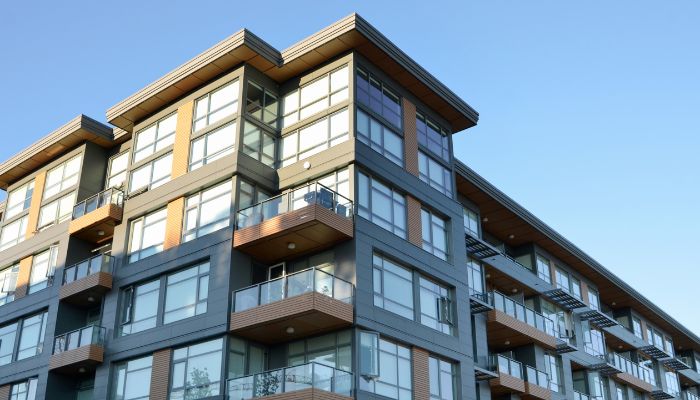
The strong demand for units in capital cities has narrowed the median rent gap between houses and units.
CoreLogic’s latest report showed that the gap between house and unit rents dropped from $64 per week to $39 per week over the past year.
This was due to the stronger growth in unit rents, which went up 1.6% in April versus the 0.9% gain in house rents.
Domestic factors including students returning to campus, worker rental demand in inner city areas, and the affordability of unit rents are helping drive the growth in the unit rental segment.
This is further strengthened by the strong return of overseas migrants and international students, which has resulted in a record 4.9% increase in unit rents for the combined capitals over the three months to April.
The increase has roughly added $26 to average weekly rental values taking them to a total of $560 per week.
The most expensive rental market, Sydney, continued to lead the charge in terms of rental growth — in April, rents for units in the city went up 1.9%. Melbourne followed with 1.7% and Perth with 1.6%.
Brisbane, Adelaide, and Hobart also saw unit rents increased.
CoreLogic economist Kaytlin Ezzy said the preference for more affordable accommodation had an unfortunate negative knock-on effect with the gap between house and unit rents closing to less than $40 a week.
“There is no ignoring the fact that the mismatch between supply and demand continues to be the driving force pushing capital city rents higher,” she said.
“Units are the affordable option for many: new migrants, students, service workers and many other tenant types.”
However, the increase in demand and low availability is forcing rents increasingly higher and causing the affordability gap between houses and units close rapidly.
“As the gap continues to narrow, we could see more rental demand shift towards the house sector, or as we’re potentially already seeing, flow into additional purchasing demand with some prospective buyers fast-tracking their decision to become homeowners,” she said.
CoreLogic’s latest national rental index covering may showed a 0.8% increase, well above the pre-COVID decade average of 0.2%.
CoreLogic research director Tim Lawless said this latest reading represent a modest slowdown from the previous months.
“While the pace of rental growth looks to have slowed a little, rents are generally still rising. Across the capitals there are a few exceptions, with rents in Darwin and Canberra reducing over the rolling quarter,” he said.
Still, Mr Lawless said larger capital cities are experiencing growth particularly in units.
“There is also the additional demand for higher density styles of rental accommodation linked to the return of foreign students and overseas migrants, with regions popular with recent migrant arrivals tending to be higher density,” he said.
“While rental demand remains high, we aren’t seeing much sign of a supply response — capital city rental listings were 36.4% below the previous five-year average at the end of May, and vacancy rates are holding around the 1% mark for both houses and units.”
-
Photo by AnthonyRosenberg on Canva.
